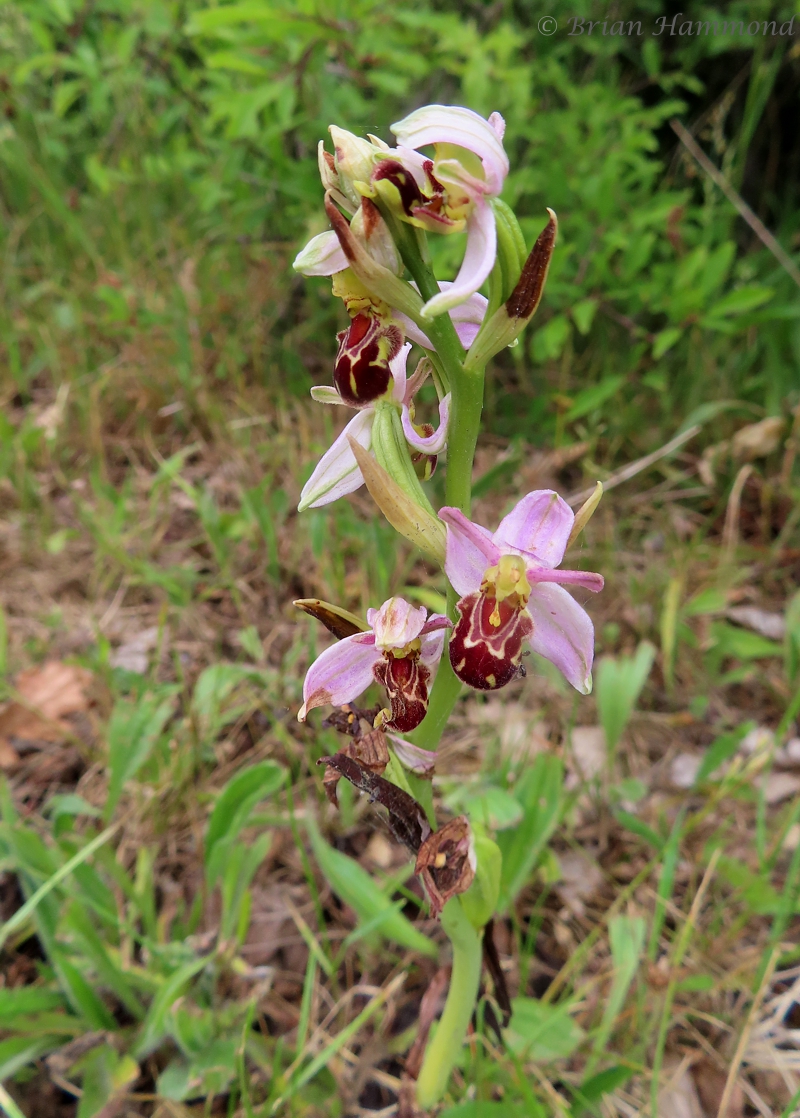Group member Sallie Corfield has sent in an exciting bit of news about a moth sighting she reported to the County Moth Recorder. Sallie, in her capacity as Community Ranger for Forestry England, was working on Forestry England's stand at the Timber festival in Feanedock Wood in July, 2019. County Moth Recorder for Leicestershire & Rutland, Adrian Russell had a 'walk-in' moth trap (something I'd love to see in action!) set up there, and Sallie wandered in and spotted and photographed a hitherto undetected moth, which she reported to Adrian. It was a Goat Moth! This once-common moth has become extremely rare, and the previous record in VC55 (Leics & Rutland) was in 1990 at Brown's Hill Quarry, near Melton Mowbray.
Adrian suggested to Sallie that it might be worthwhile surveying the area for signs of the Goat Moth, and I agree with Sallie's suggestion that we should make the groups members aware of this in case they would like to involve themselves in such an activity. Although the moth flies in June and July, its presence can be detected by the holes bored in trees by the caterpillars. If you would like to know more about the Goat Moth, which is one of UK's largest moths, and how to find them, please look at https://butterfly-conservation.org/sites/default/files/1.goat-moth-species-factsheet.pdf. If you would like to discuss this with me (Richard Pegler), please get in touch. In current circumstances, visits will have to be on an individual basis but, in happier times ( fingers are crossed) a small group visit might be arranged. I visited Feanedock Wood yesterday, and it is a splendid place. It is within walking distance of Blackfordby and can be found on the right hand side of Gorse Lane bridleway (as accessed from Boothorpe) through a gate before you descend the hill to Rawdon Road and Conkers.
 |
Goat Moth (Cossus cossus) - Feanedock Wood
|
Incidentally, I didn't find any hard evidence during my visit yesterday, but did see a couple of tree trunks that had me wondering!?
Thank you, Sallie for this, and congratulations on this fabulous find!
Take great care and stay safe, everyone - - - Richard
























































